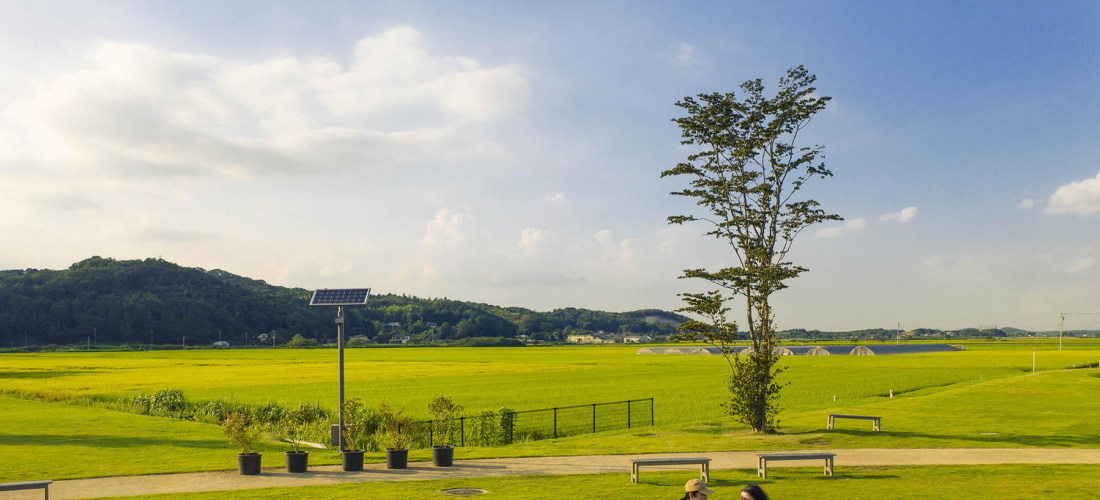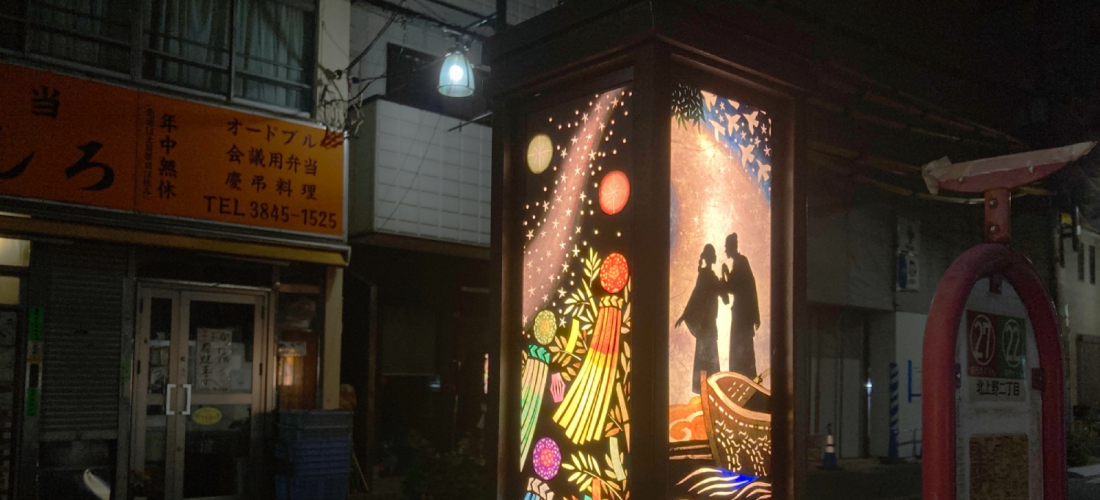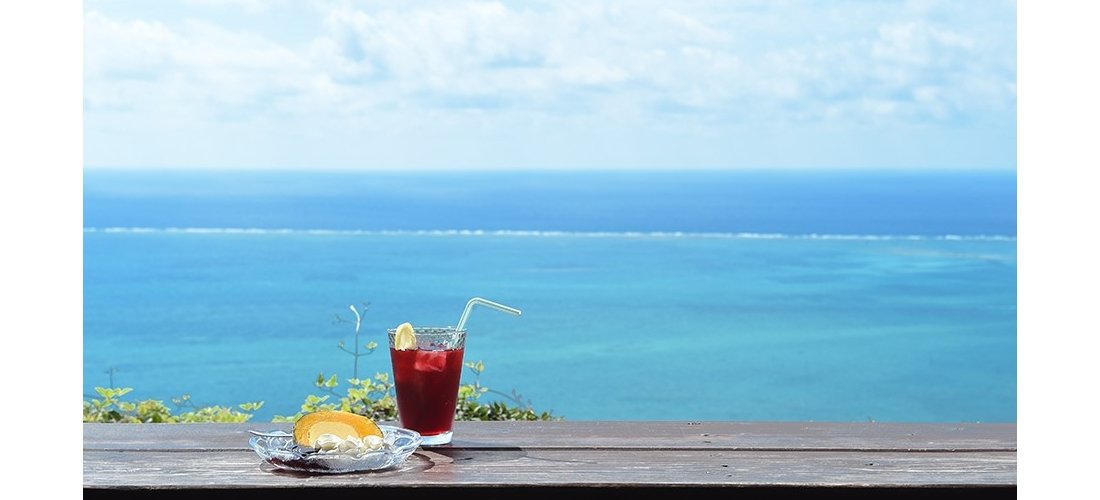CONTENTS
The Midsummer Day of the Ox isn’t quite a holiday, but in Japan, it’s an excuse for good food!
The Day of the Ox
Love the sweet and savory taste of unagi? Want to join in on this fun Japanese summer tradition? Japan's Midsummer Day of the Ox, called "Doyo no Ushi no Hi" (土用の丑の日), is a midsummer day that doesn't quite count as a holiday, but still carries connections to traditions both old and ancient!
The Day of the Ox isn't a celebration of anything in particular, and the name harkens back quite specifically to the days when Japan used a mix of traditional calendars, which is why it's more of a special day than a real holiday. The ox in the name is the same one found in the Chinese zodiac, which most people think of as a twelve-year cycle of twelve different animals, starting with the year of the rat and ending with the pig. But long ago, that twelve-animal cycle was used for days as well, cycling over and over throughout a single year. "Doyo," on the other hand, refers to a period of 18 days that occurs just four times a year, before each new season on Japan's old traditional calendar. "Doyo no Ushi no Hi" is a day during the doyo period that happens at the height of summer, before things start to head towards fall, and in Japan it's a sign that summer is about as hot and humid as it gets! Of course, because the zodiac cycle is just twelve days, some years there are actually two Days of the Ox in one year. In 2022, both July 23rd and August 4th!
Midsummer Day of the Ox Traditions
In Japan, Midsummer Day of the Ox is a symbol of summer and all the heat that comes with it, but the most common tradition for the day is to eat grilled unagi (うなぎ, freshwater eel). Why unagi!? Outside of Japan, the connection between midsummer and eel can be a little confusing, but it's actually fairly simple. In Japan, unagi is thought to be packed full of nutrition and energy, and is therefore thought to have revitalizing properties. When you're exhausted and sweaty from the unending steamy heat of a Japanese summer, tradition states that grilled unagi on a bed of rice should give you the energy you need to get back on your feet.
Then again, while unagi is reasonably nutritious, and has been considered revitalizing since ancient times, the origins of this specific Day of the Ox tradition might not be quite so simple. There are actually a few different apocryphal origin stories, found in various historical sources, but by far the most popular one concerns the scholar Hiraga Gennai. Legend says that back in Japan's Edo period (1603-1868), Hiraga was approached by the owner of a local shop – a shop that specialized in eel. Since fewer customers wanted to go near a hot grill during the summer, this shop owner asked how he might be able to sell his eels even during the sweltering heat. Hiraga considered the question, and remembering an ancient folk tradition, told the shopkeeper that foods that include the "u" sound are supposed to help stave off the discomfort and exhaustion of the summer heat. The shopkeeper followed Hiraga's advice, and he saw great success putting up a sign for unagi as a Midsummer Day of the Ox special, quickly convincing other eel sellers to follow suit. Shops specializing in other "u" foods, like umeboshi pickled plums, have even tried to join in on the fun throughout the years!
This Edo-era tradition clearly continues to this day, mainly because it's an excellent excuse to eat some delicious unagi, and in fact so many people eat unagi for the Midsummer Day of the Ox, that sellers are now trying to branch out. Since the twelve-day cycle means that Days of the Ox happen throughout the seasons, and not just during midsummer, restaurants and groceries will sometimes advertise their eel on Days of the Ox that occur during other times of the year, too!
Looking to try unagi in Japan? Some of the most popular destinations for this traditional delicacy are Saitama, said to be the origin of Japan's favorite unagi recipes, and Hamamatsu, where Lake Hamanako provides the perfect brackish environment for the eels to grow. But Japan's most convenient unagi destination is the city of Narita, which most international travelers pass through on their way to and from Narita Airport!
Making it Through a Japanese Summer
Japan's hot, sweaty summers aren't anything new, so it's no surprise that summer traditions for keeping cool extend much farther than just a dish of restorative eel in mid-summer. Just look at the traditional architecture in many parts of the country! The sliding doors of old Japanese houses can be thrown wide open, turned into floor-to-ceiling windows to let in the summer breeze, and tatami mat floors remain cool and breathable, comfortable to sit on even through the midday heat. On days other than the Day of the Ox, cool, refreshing foods are often the name of the game. Somen noodles, chilled in ice water and served with light toppings, are a summer favorite, and iced tea is as popular in Japan as anywhere! During the hotter months of the year, it's common in Japan to rely on iced barley tea (called mugi-cha/麦茶), with its mild slightly nutty flavor, to stay hydrated throughout the day. Even on hot days, passing the time in a traditional Japanese house (with proper refreshments, of course) can be surprisingly nice!
If you want to try celebrating the summer Japanese-style at home, it can be a little difficult overseas – most restaurants aren't paying their delivery drivers enough to bring a dish of fresh unagi across the ocean. But fortunately, some companies are doing their best to send the flavors of a summer in Japan anywhere in the world, right through the mail! Kubara's shelf-stable dashi and unagi rice set comes with the ingredients to capture all the rich umami of an elegant unagi meal without all the fuss. For something even lighter, these colorful hand-drawn somen noodles can be served with a light dipping sauce and matchstick-cut fresh veggies for a meal that's tasty, refreshing, and nice to look at too. Wash it all down with a cool glass of mugi-cha barley tea, or savor your tea time with green tea instead. This cold-brew sencha green tea set comes with little tea-flavored cakes, while this set is sencha green tea and yokan red bean jelly. If you're still feeling the heat, Japan does make some pretty nice fans, so try out something like this traditional hand-dyed uchiwa fan or a fold-up sensu fan for a light breeze that will let you make the most of this Day of the Ox!
Details
NAME:Doyo no Ushi no Hi (土用の丑の日)
Looking for the latest trends and products coming out of Japan? We've got you covered!

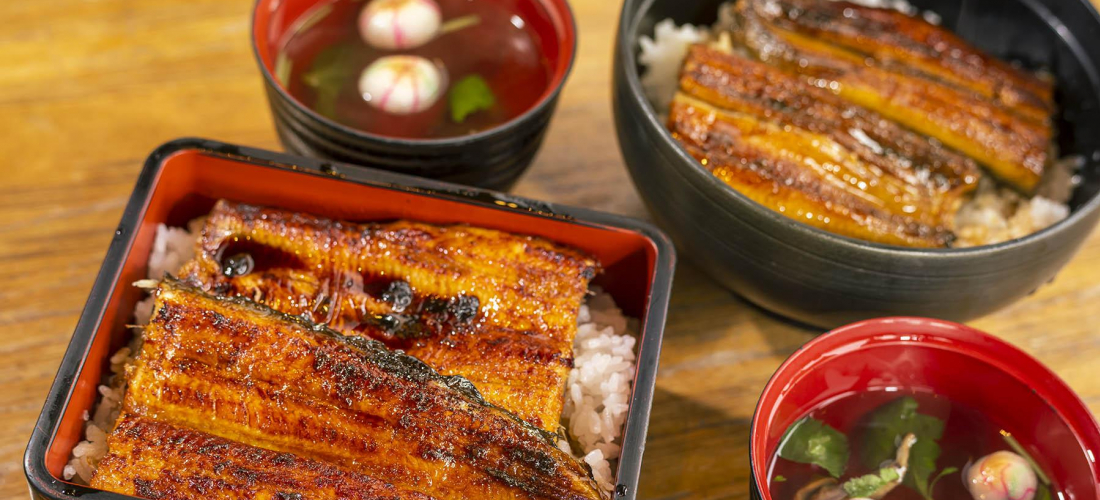
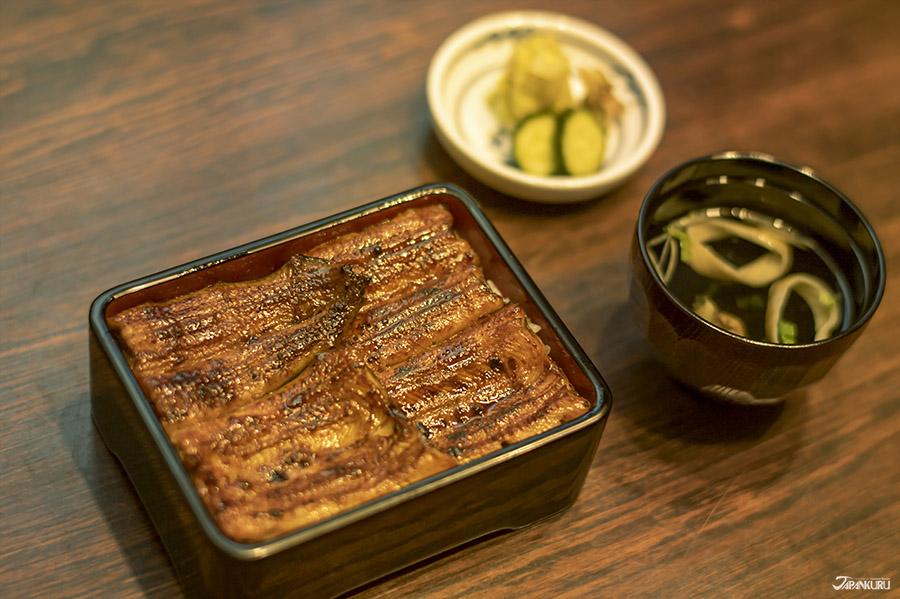
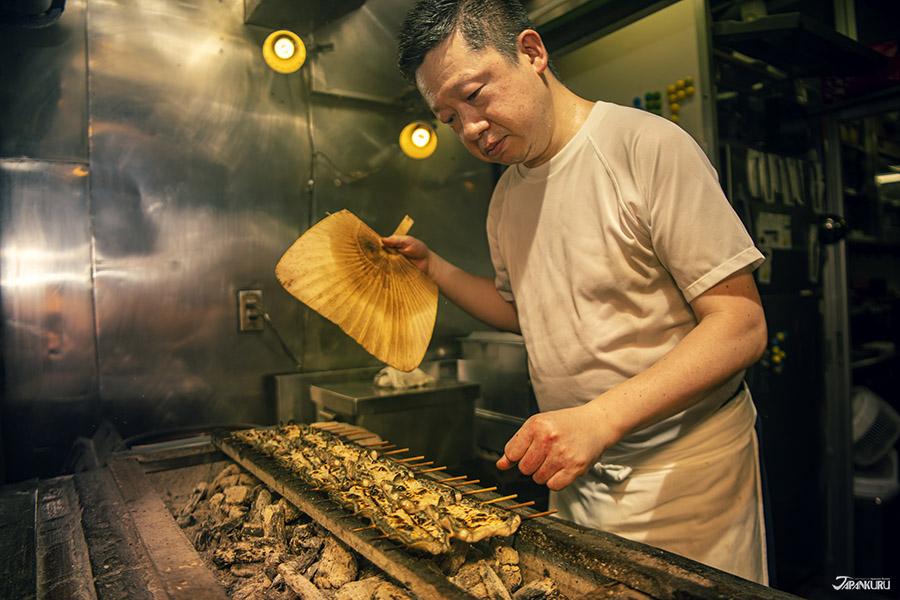


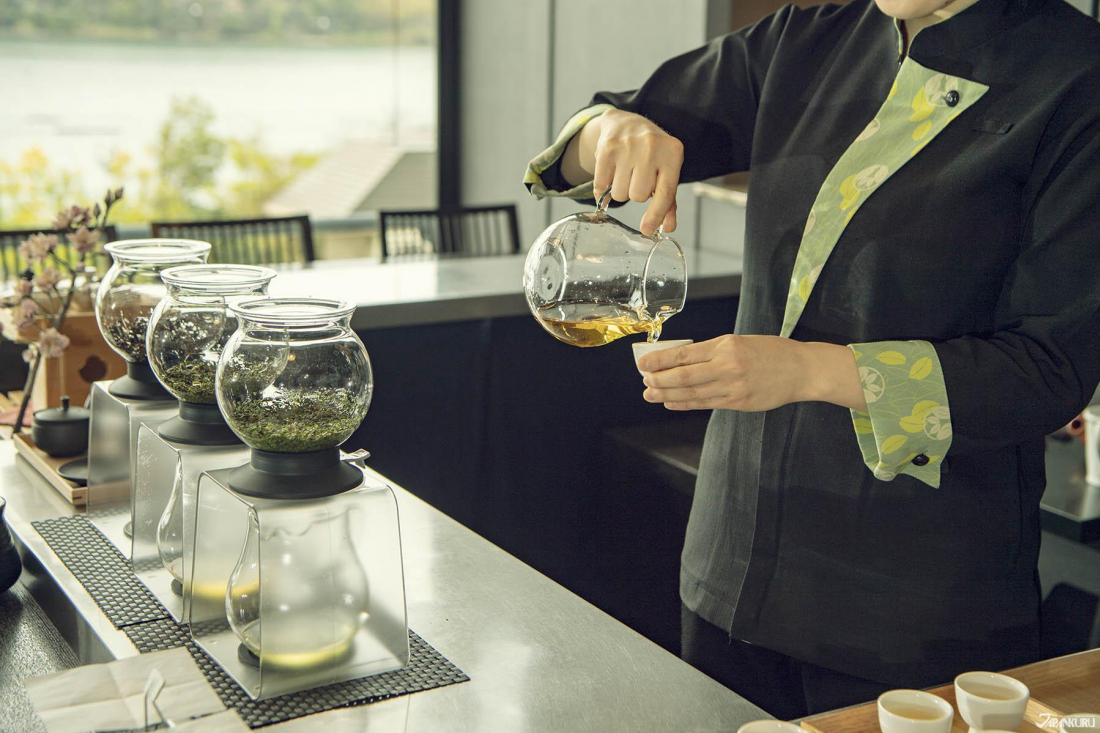




 >> Find out more at Japankuru.com! (link in bio)
#
>> Find out more at Japankuru.com! (link in bio)
#





 The Robot Restaurant is gone, but the Samurai Restaurant is here to take its place. Check it out, and don't forget your coupon!
The Robot Restaurant is gone, but the Samurai Restaurant is here to take its place. Check it out, and don't forget your coupon!
 신주쿠의 명소 로봇 레스토랑이 사무라이 레스토랑으로 부활! 절찬 쿠폰 발급중
신주쿠의 명소 로봇 레스토랑이 사무라이 레스토랑으로 부활! 절찬 쿠폰 발급중
 18歲以上才能入場的歌舞秀,和你想的不一樣!拿好優惠券去看看~
#tokyo #shinjuku #samurairestaurant #robotrestaurant #tokyotrip #도쿄여행 #신주쿠 #사무라이레스토랑 #이색체험 #할인이벤트 #歌舞伎町 #東京景點 #武士餐廳 #日本表演 #日本文化體驗 #japankuru #japantrip #japantravel #japanlovers #japan_of_insta
18歲以上才能入場的歌舞秀,和你想的不一樣!拿好優惠券去看看~
#tokyo #shinjuku #samurairestaurant #robotrestaurant #tokyotrip #도쿄여행 #신주쿠 #사무라이레스토랑 #이색체험 #할인이벤트 #歌舞伎町 #東京景點 #武士餐廳 #日本表演 #日本文化體驗 #japankuru #japantrip #japantravel #japanlovers #japan_of_insta
 코지마 x 빅 카메라 쿠폰으로 일본 가전 제품 쇼핑하기
#pr #japankuru #japanshopping #kojima #biccamera #japaneseskincare #yaman #dji #osmopocket3 #skincaredevice #日本購物 #美容儀 #相機 #雅萌 #日本家電 #일본여행 #면세 #여행꿀팁 #일본쇼핑리스트 #쿠폰 #일본쇼핑 #일본브랜드 #할인 #코지마 #빅카메라 #japankurucoupon
코지마 x 빅 카메라 쿠폰으로 일본 가전 제품 쇼핑하기
#pr #japankuru #japanshopping #kojima #biccamera #japaneseskincare #yaman #dji #osmopocket3 #skincaredevice #日本購物 #美容儀 #相機 #雅萌 #日本家電 #일본여행 #면세 #여행꿀팁 #일본쇼핑리스트 #쿠폰 #일본쇼핑 #일본브랜드 #할인 #코지마 #빅카메라 #japankurucoupon
































 Oita Hello Kitty Airport
Oita Hello Kitty Airport  Lands April 13th
Lands April 13th









